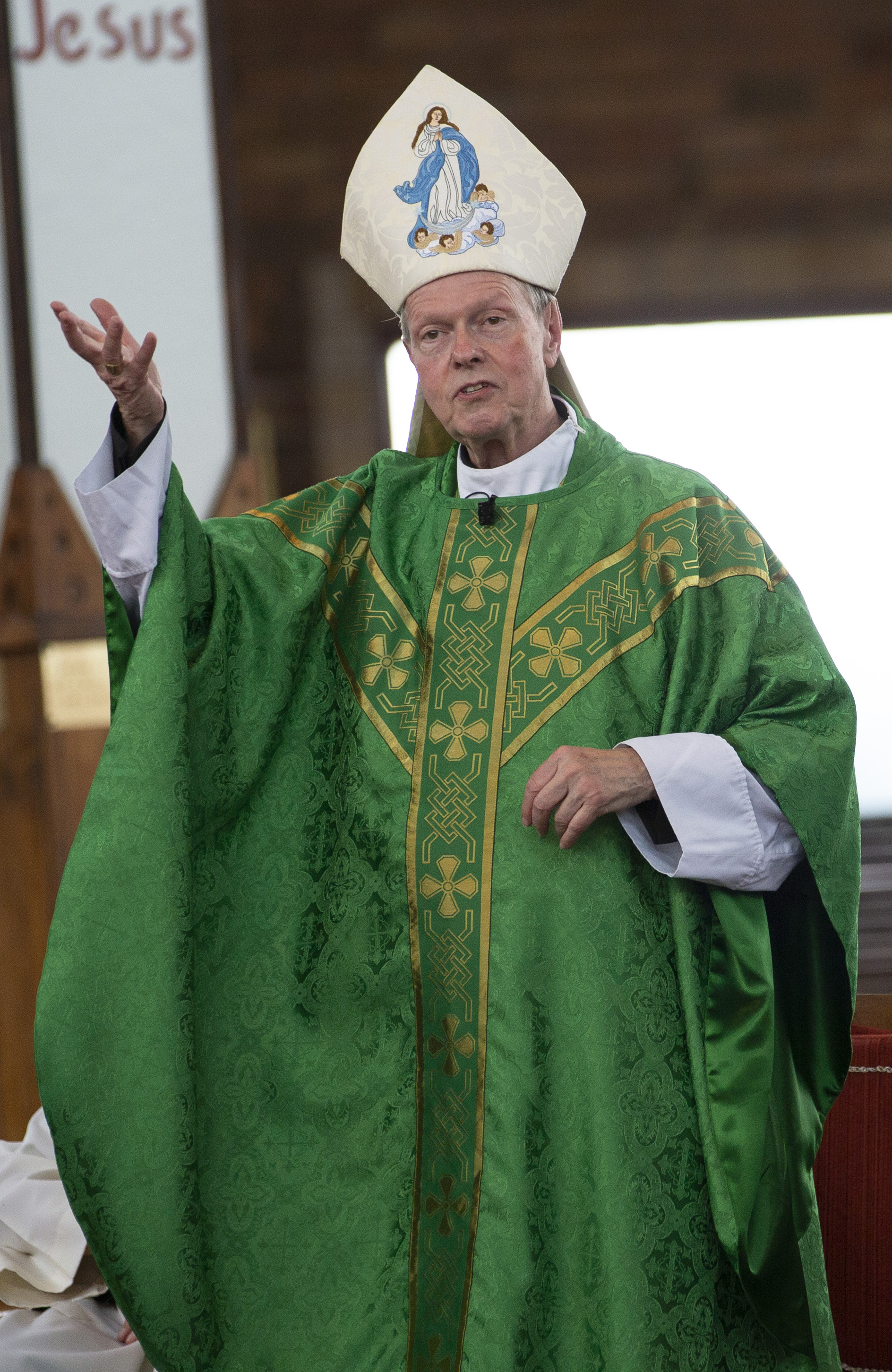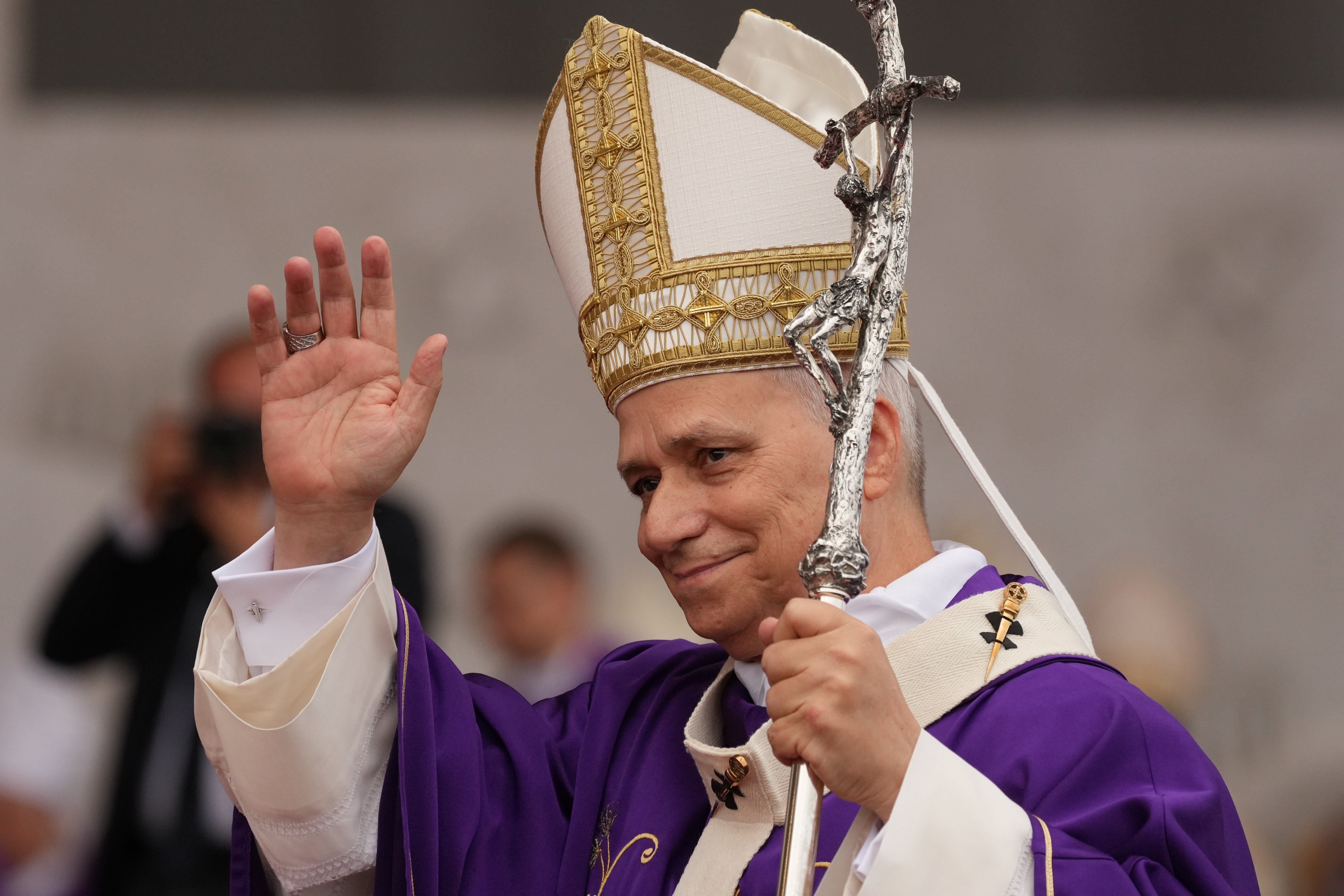July 21, 2021 at 2:20 p.m.
It would be premature to form conclusions on how the motu proprio issued just a few days ago (Traditionis Custodes, July 16) will be received and implemented. For my part, as a diocesan bishop, always loyal to the Holy See, and now charged with the task of implementation, I also want to accompany my people so that together we may maintain the unity that our Eucharistic faith ensures. To do so, however, rather than hear only myself think, I need to take time to listen to my people whose spiritual hungers I long to feed. From what I am hearing so far, some are grateful for the motu proprio while others are finding it hard to understand.
This process of reception and implementation must be an exercise in pastoral accompaniment. Some have already written to me, both laypersons and clergy, and I am grateful. I thank you for your continued feedback, as I have already asked for, and I want us to contemplate and converse. Concerns about division are real though substantive unity may not be the same thing as formal uniformity. We are a people, both as a Church and as a nation, who value different forms of expression, culturally, ethnically, historically and even liturgically.
What I do hear from time to time, and it concerns me, is “Father so-and-so celebrates a ‘good’ Mass.” While I might take it as a compliment if it comes to me, I am not quite sure how to understand it, or even if I should be relishing compliments on “my” Mass. After all, Holy Mass is a celebration of and by the Church of the central mystery of our Faith: the sacrificial passion and death of Our Lord Jesus Christ, Calvary made present sacramentally, in the form of a communion in his body, blood, soul and divinity — the real Jesus who lives today and forever.
Maybe that is why I feel somewhat embarrassed when a well-intentioned commentator, no doubt as instructed, invites the congregation to rise for the Opening Hymn “as we greet our celebrant …” Is the hymn to me or to God? I prefer to save my greeting for the time designated in the liturgy — or even after Mass, if I don’t have to rush to the next one.
This raises the question as to whether the Mass is about the priest (celebrant or presider, it does not alter his function), the people or Jesus. As good Catholics, we know well it is not an either/or. Everyone is included, but not everyone has the same role. Often people make choices based upon which church is more welcoming or comfortable (does it have AC? Can I hear what’s going on? Is the lighting adequate?), which priest celebrates a “better” Mass and, we are reminded recently, which form should be used and for what reason.
The blogs and the social media are all over the place as I write. What I read, more than anything else, is not so much what the Holy Father wrote as what he is thought to have said. Already some are seeking to detect some hidden motivation. Is it largely a response to the survey circulated among the bishops as Pope Francis says in his letter to the bishops that accompanied the motu proprio ? Or is it something else?
I don’t know yet what the questionnaire sent by the Congregation for the Doctrine of the Faith to the bishops, with which I complied, found. But what saddens Pope Francis about abuses in the understanding and use of both forms troubles me as well. All of us, whatever form to which we may gravitate, need to account for our loyalty to Vatican II. Read Sacrosanctum Concilium.
We may not know the particulars, but the Holy Father mentions exploitation and “unfounded and unsustainable assertions,” including rejection of the authority of Vatican II itself. Has this been your experience? I have also heard very reasonable positions about the values of each form. Every Mass, prayerfully, reverently and attentively celebrated, should unite us.
If one follows various blogs and postings on social media — and I only do so not for counsel or advice but to be informed about what some are thinking or, at least, posting — the Holy Father’s concerns seem well founded in reading comments about the “true church,” the “real Mass” and “traditional” versus “modern.” Such postings certainly convey impressions of sides and camps signaling division, even potential schism. We learn or hear of some who have not only rejected the liturgical reform initiated by Vatican II in Sacrosanctum Concilium (Constitution on the Sacred Liturgy), but the entire Council! This is serious and should concern us all.
As a bishop very engaged in dialogue with Jewish leaders — at least one quarter of my own ancestry is Jewish — I continue to affirm and to thank the Holy Spirit for Nostra Aetate which has produced so much fruit in our ongoing dialogue, helping us to learn from one another and to work for the healing of wounds caused by bigotry and religious persecution. Not to mention Dignitatis Humanae, which champions religious liberty not only as a Catholic doctrinal tenet but as a foundational principle of any civil social order.
I cite the Latin titles for these documents of Vatican II, but they are easily found in many languages on the Vatican website (www.vatican.va). I recommend a reading or reacquaintance. Many would be enlightened and surprised by what the Council really said on liturgical reform.
To that point, let me say that the Holy Father has specifically instructed bishops to be sure that any consent given to celebrate Mass antecedent to the reforms of 1970 not become a symbolic protest or rejection of Vatican II. That would clearly be a denial of the constant teaching of his predecessors since the Council. That said, one might deduce from certain media postings that it is inferred that some who prefer the Mass antecedent to reforms of 1970 might be so motivated. This would be as sweeping a judgment as to say the Council itself rejected as harmful a form of the Mass that for earlier generations was spiritually most fruitful. It did not, for that would be to disregard our history and continuity. There are not two different “churches” or two different Masses. Read the documents.
I am old enough to remember history! I can tell you that by no means was the older form typically celebrated in the splendor of majestic European cathedrals to the polyphonic strains of glorious motets. Beauty and reverence are deep hungers that many worshippers find lacking in some contemporary liturgies, to be sure, but they were by no means the hallmark of regular Masses in the fifties, nor need they be absent from the Roman Rite (1970).
Not all “modern” liturgies are marked by the banalities and casualness that repel all who value the sacredness of Holy Mass which represents the central mystery of our Faith. Is it not possible to find a corrective balance and to appreciate the qualities of the different forms of the same Mass, if celebrated with the same focus: the saving sacrifice on Calvary and that communion in the Body and Blood of Christ that it forms, which is the one Church? I only ask these questions in the hope and pursuit of unity and that we all pray and contemplate. And please read Sacrosanctum Concilium!
facebook.com/AlbanyBishopEd
@AlbBishopEd
- Take time to review the past year with God, Pope Leo suggests
- Missionary on the move: Where Pope Leo XIV might travel next in 2026
- Dispensation in Columbus diocese for those who fear immigration crackdown pursuit
- Puerto Rico Catholic governor signs historic personhood law for the unborn
- Wisconsin man’s Catholic faith revived after finding bishop’s crosier in scrapyard
- ‘Knives Out’ discovers the strange, attractive light of the Christian story
- Why is New Year’s Day a holy day of obligation?
- India: Christmas celebrations disturbed or canceled over Hindu nationalist violence
- Vatican says close to 3 million people saw Pope Leo at the Vatican in 2025
- Vatican agency says 17 churchworkers murdered in 2025








Comments:
You must login to comment.